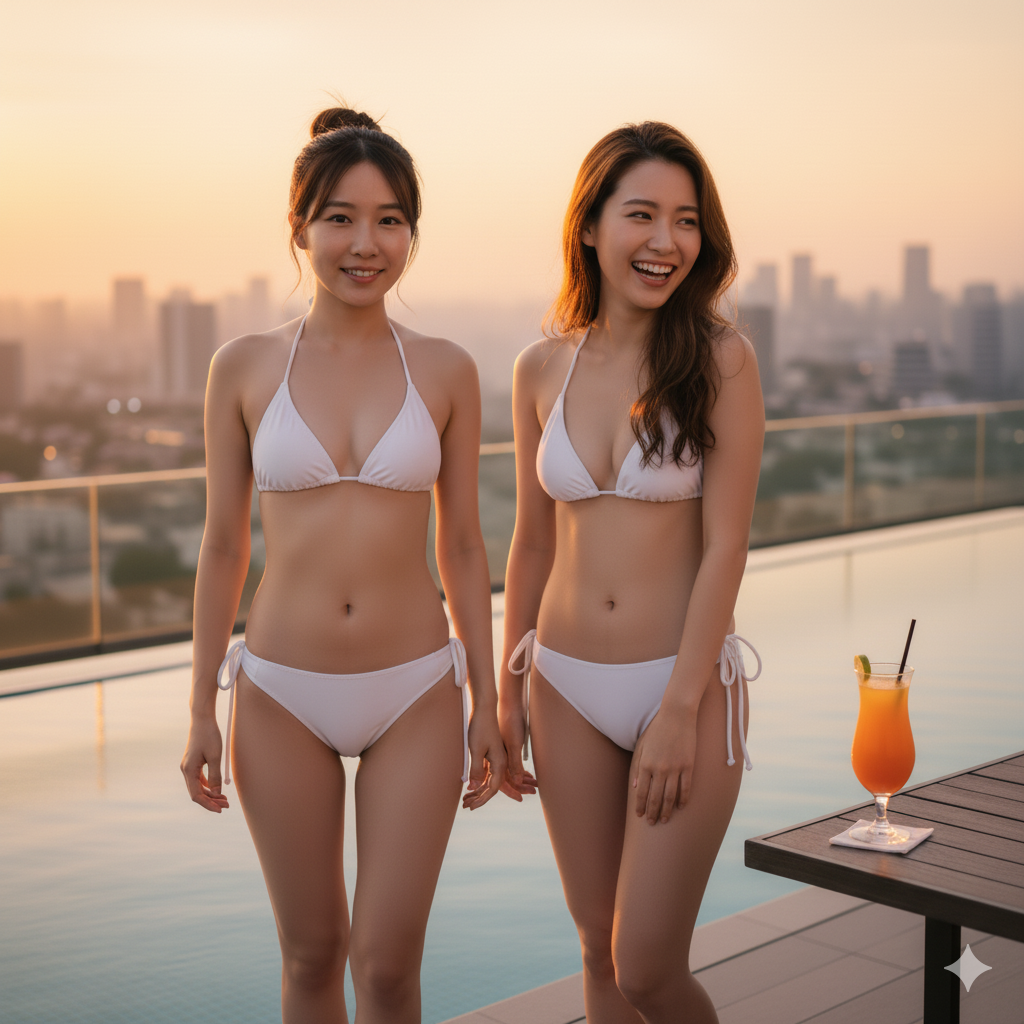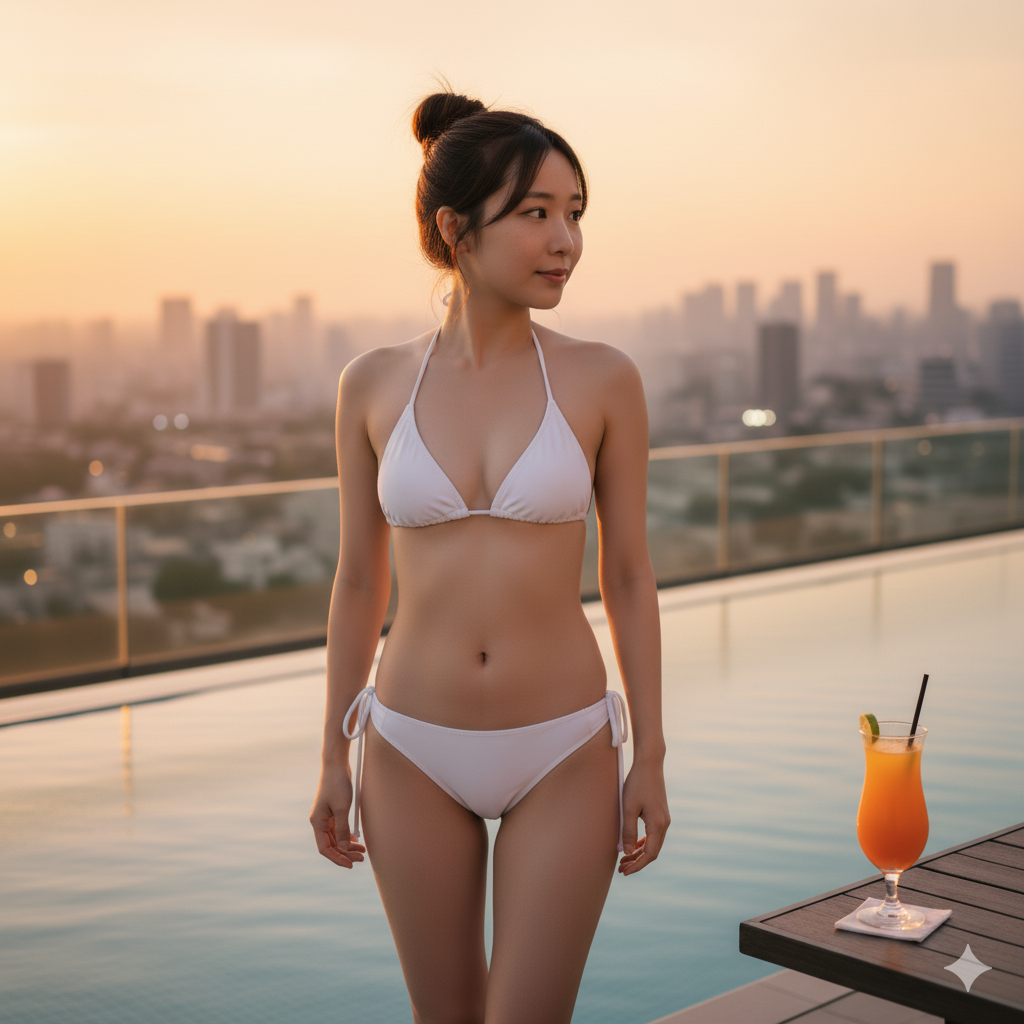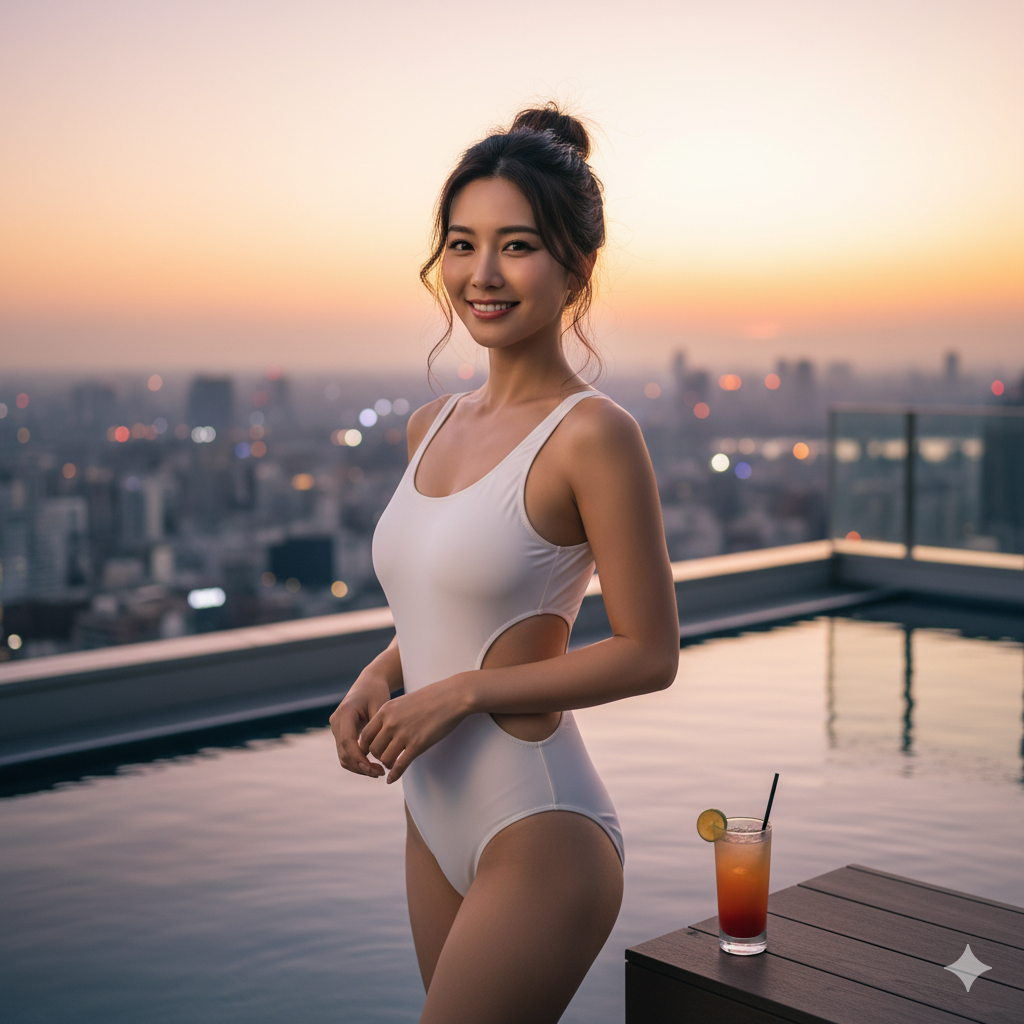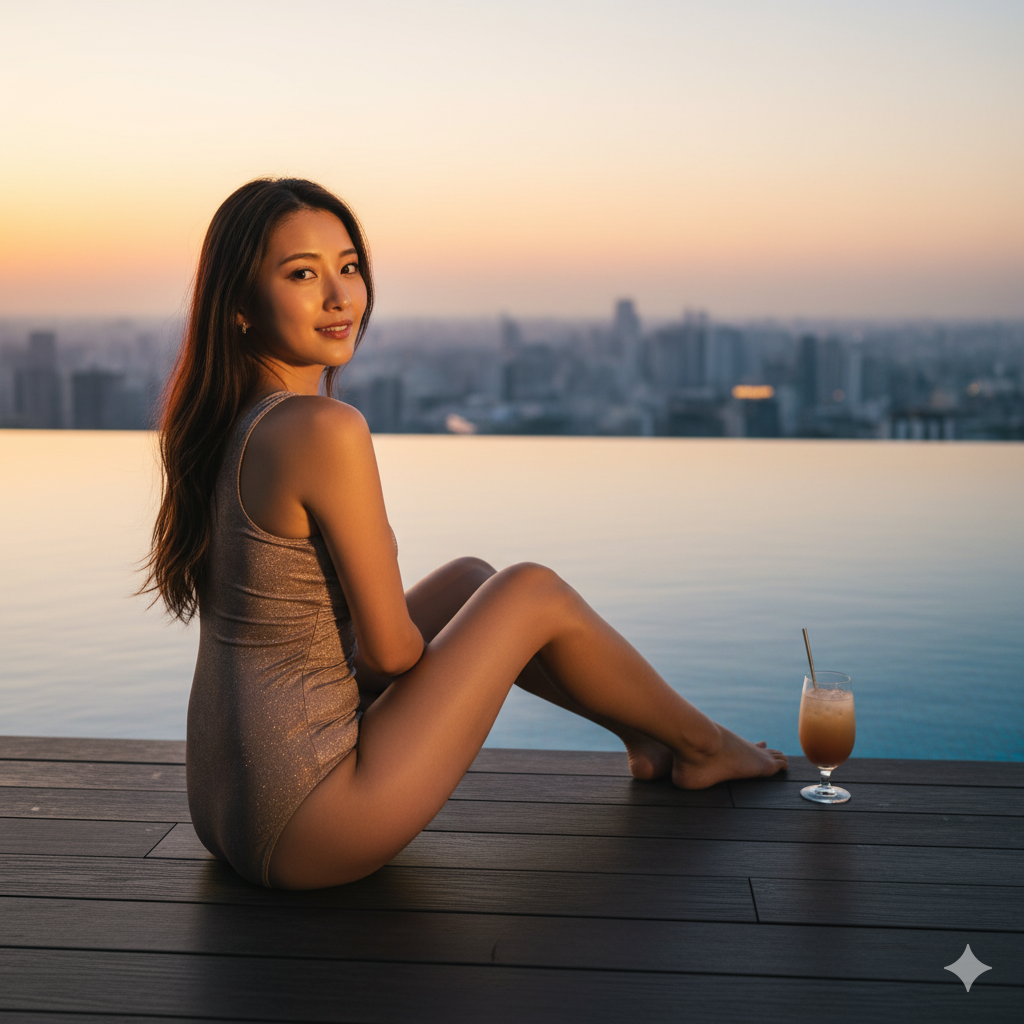Think of contemporary night entertainment in Japan as part of the city’s after-dark infrastructure: bright facades near major stations, reception floors that act like airline check-in, and private rooms that are treated as managed stages rather than freeform spaces. Services are presented as standardized “formats of contact”—for example, short-time lounge seating with close conversation, or private bathing with assisted washing—delivered by staff trained to follow scripts, timers, and hygiene rules. Users range from business travelers to long-term expats in their 20s–50s. Culturally, these venues live beside cinemas, izakaya, and karaoke, braided into nightlife economies that districts promote through shopping-street associations and ward tourism pages.
Below is a practical, respectful guide. Where possible we cite first-party Japanese sources (商店会・鉄道・自治体・警察) to help you verify access and rules yourself. We emphasize japanese sex culture as a regulated urban practice—so you can navigate confidently without slang or sensationalism.
Contents
1. Where should you start in japanese sex culture?
2. Which areas are best and how do you access them?
3. What do prices, time, and eligibility look like?
4. What venue types exist and what services do they standardize?
5. How do reservations, etiquette, and phrases work in practice?
1. Where should you start in japanese sex culture?

1-1 Area overview
Conclusion → Numbers → Source: The densest and easiest first stop is Shinjuku’s Kabukichō—steps from Japan’s busiest rail hub. From JR Shinjuku Station you can walk 8–12 minutes to central Kabukichō; check the official station map for exits and facilities via JR East (Shinjuku). The district’s shopping-street association maintains an official portal for events, maps, and categories of nightlife businesses: Kabukichō Official.
1-2 Venue distribution
Tokyo’s historical entertainment zone Yoshiwara sits north-east of Asakusa; the closest subway hub is Minowa on the Hibiya Line. Expect a 15–20 minute walk depending on your route and comfort; plan using Tokyo Metro’s official page for Minowa Station (H20) and the ward’s multilingual access page at Taitō City Tourism “Access”.
1-3 Typical session flow
Across venue types, the flow looks similar: reception (ID check, menu explanation), payment (often before service), guided move to a room or booth, time-boxed service, and timed exit. This format reduces ambiguity and keeps the “performance of intimacy” standardized rather than improvised. If you prefer a larger entertainment agglomeration outside Tokyo, consider Kawasaki (Hori-no-uchi area near Keikyū/JR). Use Keikyu Kawasaki and JR Kawasaki for station facilities and exits.
2. Which areas are best and how do you access them?

2-1 Kabukichō (Shinjuku, Tokyo)
Conclusion → Numbers → Source: From JR Shinjuku’s east exits, the neon core of Kabukichō is ~10 minutes on foot. Use JR East’s Shinjuku page for exit maps, then consult the Kabukichō Official Portal for street-level categories and event nights managed by the shopping-street association.
2-2 Yoshiwara (Minowa, Taitō City)
Conclusion → Numbers → Source: From Tokyo Metro Minowa (H20), expect a 15–20 minute urban walk. Confirm live station notices and barrier-free routes via Tokyo Metro Minowa. For broader ward access, see Taitō City’s Access (Official).
2-3 Kawasaki (Keikyu/JR) + national analogues
Conclusion → Numbers → Source: From Keikyū Kawasaki or JR Kawasaki, nightlife clusters are ~10–15 minutes on foot. Check facilities and exits via Keikyu (official) and JR East (official). As reference points elsewhere in Japan, Sapporo’s Susukino is organized by an association (Susukino Tourist Association) and is ~5 minutes from subway stations (see Hokkaidō’s official page with access cues: HOKKAIDO LOVE!). Fukuoka’s Nakasu is similarly centralized and connected to Nakasu-Kawabata Station (Fukuoka City Subway; see also prefectural tourism Crossroad Fukuoka).
Table 1: Venue Types & Base Fees
| Venue Type | Typical Fee (JPY) | Session Time | Area (JP Link) |
|---|---|---|---|
| Soapland (private room + bathing ritual) | ¥18,000–¥40,000+ | 60–120 min | Taitō City Access (Yoshiwara) |
| “Health” lounges (seated, short-time contact) | ¥6,000–¥12,000 | 30–45 min | Kabukichō Official |
| Out-call “delivery” (hotel-based, phone/web booking) | ¥10,000–¥25,000 (+hotel) | 60–90 min | Kabukichō Official |
Ranges are indicative; many venues post their own menus. Use the district’s official portals and station pages to verify access and plan walking time (e.g., JR Shinjuku, Tokyo Metro Minowa).
Table 2: Access & Hours
| Station | Walk Time | Typical Venue Hours | Area (JP Link) |
|---|---|---|---|
| JR Shinjuku (East exits) | 8–12 min to Kabukichō | Evening–late; regulated by local ordinances | Kabukichō Official / JR East |
| Tokyo Metro Minowa (H20) | 15–20 min to Yoshiwara area | Daytime–late evening; check venue page | Taitō City Access / Tokyo Metro |
| Keikyū Kawasaki / JR Kawasaki | 10–15 min to clusters | Evening–late; check shop | Keikyu / JR East |
Local “night business” hours follow the national Act on Control and Improvement of Amusement Businesses and local ordinances. For official overviews, see the National Police Agency page: 警察庁:風営法関連.
3. What do prices, time, and eligibility look like?

3-1 Understanding posted prices
Venues list “course time” and a base fee; extras may be itemized. As a rule, the clock starts at room entry. Conclusion → Numbers → Source: For short-time lounge formats you’ll often see ¥6,000–¥12,000 / 30–45 min; full private-room bathing formats begin from ~¥18,000 / 60 min and scale up. District pages help you compare and plan walking time and nearby ATMs: Kabukichō Official, Taitō City Access.
3-2 Eligibility and ID
Conclusion → Numbers → Source: All venues enforce age rules; Japan defines “youth” as under 18 in many regulations. Check the Tokyo guidance page on youth ordinances from the Metropolitan Police for a plain summary: 警視庁:風俗営業 and the overview of the Youth Healthy Development Ordinance (条例の概要). Bring a passport or residence card; most reception desks will look for a name/birthdate match.
3-3 Payment, time extensions, and cancellation
Payment is often up front (cash preferred, cards vary). Extensions are usually offered in 15–30 minute blocks at posted rates when available. If you booked by phone or web, late arrival can shorten the session without refund. District portals and official station pages are useful for timing your last train (e.g., JR Shinjuku, Tokyo Metro Minowa).
Table 3: Reservation & Eligibility
| Method | Lead Time | Eligibility | Official (JP Link) |
|---|---|---|---|
| Walk-in (reception desk) | Same-day when slots open | Adult (18+) + ID check; language ability may be required | Kabukichō Association |
| Phone/Web booking (shop website) | 3–24 hours ahead preferred | Name, contact, time slot; late arrival may shorten time | Taitō City Access |
| Via intermediary (English support) | Same-day to 48 hours | Passport required; eligibility aligned with local ordinances | National Police (Act) |
Age thresholds and operating categories are defined by national law and local ordinances. See police guidance pages: 警察庁(風営法) and 警視庁(風俗営業).
4. What venue types exist and what services do they standardize?

4-1 Lounge formats (short-time, seated)
These concentrate near big stations (e.g., Kabukichō). Staff guide you to a booth; time starts when seated. The interaction emphasizes conversation, proxemics, and non-explicit touch as defined by house rules. Conclusion → Numbers → Source: Expect 30–45 minutes for entry-level courses around ¥6,000–¥12,000, then optional extensions. Use the Kabukichō portal to orient entrances, ATMs, and taxis.
4-2 Private-room bathing formats
Often called “soapland,” these are characterized by reception, a bath area, and a private room. The ritual centers on bathing and assisted washing as a structured performance of intimacy within a fixed time. Conclusion → Numbers → Source: Base menus generally start at 60 minutes and ~¥18,000, scaling with room size and staff seniority. Plan your approach from Minowa Station (Tokyo Metro) and give yourself 15–20 minutes walk.
4-3 Out-call “delivery” to hotels
In hotel-based formats, you book by phone/web, then meet staff at your accommodation. Services are time-boxed (e.g., 60–90 minutes) with clear add-ons. Reception may call to confirm your room number; IDs can be checked at the door. Use district portals for safe taxi stands and hotel clusters (Kabukichō Official).
Table 4: Useful Phrases (Quick Reference)
| English | Japanese (polite) | When to use | Reference (JP) |
|---|---|---|---|
| Do you accept reservations? | 予約は可能ですか?(Yoyaku wa kanō desu ka?) | Phone/Web inquiry | Kabukichō Official |
| I will bring my passport. | パスポートを持参します。(Pasupōto o jisan shimasu.) | Eligibility confirmation | 警視庁(風俗営業) |
| Which exit is closest? | 最寄りの出口はどちらですか?(Moyori no deguchi wa dochira desu ka?) | At the station | JR Shinjuku / Tokyo Metro Minowa |
Phrases are polite register and help at reception desks or stations. Verify last-train times on official railway pages before you book.
5. How do reservations, etiquette, and phrases work in practice?

5-1 Booking steps
Conclusion → Numbers → Source: Same-day phone slots are common; web forms may close 3–12 hours before start times. If you are not confident in Japanese, a booking intermediary can bridge calls and timing. To plan walking times and transfers, rely on official pages for the stations you will use (JR Shinjuku, Keikyu Kawasaki).
5-2 Etiquette on site
Follow the script: reception → explanation → payment → room. Phones stay silent. Requests are framed politely and within the posted menu. The emphasis is on consent and hygiene—bathrooms and wash spaces are treated as core to the experience in private-room formats. If you must cancel, do it early; cancellations inside 1–3 hours may incur a fee.
5-3 Phrases to keep sessions smooth
- “I booked for 9 p.m.” → 「21時で予約しています。」 (9:00 p.m. is 21-ji)
- “Is card payment available?” → 「カードは使えますか?」 (Cash is safest; carry ¥20,000–¥40,000.)
- “Where is the nearest taxi stand?” → 「一番近いタクシー乗り場はどこですか?」
For crowd flow and local notices, check district association pages: Kabukichō, Susukino, Nakasu.
6. Summary and Next Steps
Related internal guides on SoapEmpire:
- Tokyo Red-Light District: First-timer’s Map
- Osaka Soapland Guide
- How to Book: Phone Scripts & Line Etiquette
- Yoshiwara Step-by-Step Access
Official resources referenced above:
- National Police Agency (Act overview): 警察庁:風営法関連
- Tokyo Metropolitan Police (categories & procedures): 警視庁:風俗営業
- Kabukichō shopping-street portal: kabukicho.or.jp
- Taitō City Tourism “Access”: t-navi.city.taito.lg.jp
- Tokyo Metro Minowa Station: tokyometro.jp
- JR East Shinjuku Station: jreast.co.jp
- Keikyu Kawasaki Station: keikyu.co.jp
- Fukuoka City Subway Nakasu-Kawabata: subway.city.fukuoka.lg.jp
- Susukino Tourist Association: susukino-ta.jp
- Fukuoka Prefecture Tourism (Nakasu): crossroadfukuoka.jp
- Hokkaidō Official (Susukino festival access): visit-hokkaido.jp
Why SoapEmpire is a smart companion for your first steps into japanese sex culture
Most visitors discover quickly that night entertainment in Japan is highly local, highly regulated, and very punctual. That combination is reassuring, but it can also be confusing the first time: signs are in Japanese, small reception desks sit on upper floors, and phone bookings move fast with set phrases. At the same time, you may be trying to coordinate trains, a dinner plan, and the last session of the night—often on a tight schedule. The result is a classic traveler’s bottleneck: you know what you want to try, but you don’t know the how in practical terms.
SoapEmpire solves this by turning ambiguity into a simple checklist. We map districts like Kabukichō, Yoshiwara (via Minowa), and Kawasaki into clear steps: which exit to take, how many minutes you will walk, when to call, what time windows are realistic, and how prices scale with course time. Our editors write in plain English and focus on essentials rather than hype, so you can compare formats calmly—from short lounge courses to private bathing rituals—without getting lost in translation. Because our approach treats these venues as part of urban culture, not as taboo, we also explain etiquette and eligibility in neutral language, helping you respect staff, rules, and the neighborhoods that host them.
On logistics, we handle the friction points that matter: a phone script that matches the venue’s expectations; a reminder to carry the right cash; a buffer for your last train; and, when needed, a quick call to confirm your arrival. If language is a concern, our 24-hour booking support for $10 is a simple safety net—no subscriptions, no upsell. You send a store name, a time window, and a nickname; we get you a firm slot and report back. If a venue is full, we suggest realistic alternates in the same district based on your timing and budget.
Whether you’re a first-timer or an expat exploring beyond your neighborhood, SoapEmpire keeps the experience respectful and predictable. You get the cultural texture you came for, without the administrative stress. Ready to move from research to a plan? Explore our area guides, choose a time window that fits your evening, and let us handle the calls. For reservations or inquiries, please contact us via the inquiry form.
Explore more on our official site: https://soapempire.com/
FAQ (Quick)
- Q1. What is a realistic first-timer budget?
- A comfortable range is ¥20,000–¥40,000 including transport, a drink, and a time-boxed session. Check district pages and station exits to avoid taxis when possible: Kabukichō, JR Shinjuku.
- Q2. How do I book without Japanese?
- Use simple phrases or an intermediary. Many shops require phone confirmation; book 3–24 hours ahead if possible. See Taitō City Access for planning around Minowa.
- Q3. Are there age or ID requirements?
- Yes—adults (typically 18+) with valid ID. See the police guidance pages: 警視庁(風俗営業) and 警察庁(風営法).
- Q4. When are venues busiest?
- Friday–Saturday evenings. If you need a specific time, call earlier in the day. Plan around last trains using JR/Metro.
If you’re interested in visiting any of these places, SoapEmpire offers a 24-hour booking support service for only $10.
Just send the store name, preferred time, and your name (nickname is fine) to:
artistatakuma@icloud.com.
We’ll take care of your reservation quickly and smoothly.
